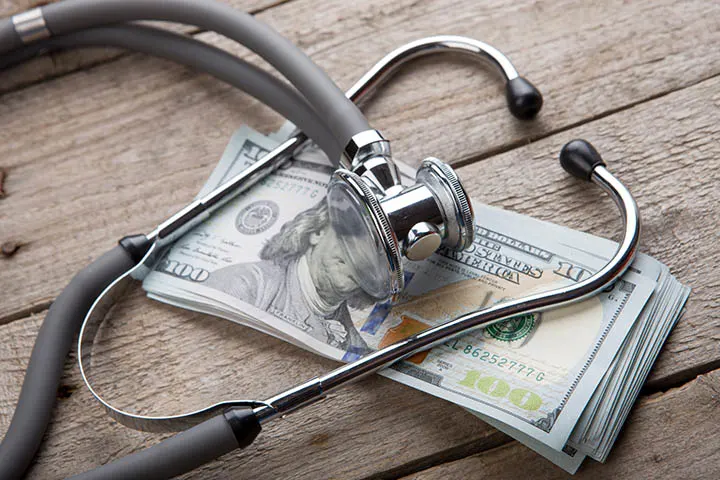What You Need To Know About Leasing Medical Equipment

Medical facilities offer a wide variety of procedures to their patients. By providing services, it's optimal to have medical equipment that meets professional standards and requirements.
However, providing brand new equipment isn’t feasible for every facility—therefore, leasing is a more accessible avenue. Here's what you need to know about leasing medical equipment if you are considering the option.
Understanding Equipment Leasing
Before jumping into medical equipment leasing, it’s beneficial to understand it first. Numerous companies offer the option to lease, saving you a lot of money.
Suppose you are opening a new practice or are considering expanding an existing one. In that case, leasing allows you to get the equipment right away and cash can be used for other purposes. As you will see in this article ,equipment leasing is a simple process. Upon receipt of a purchase order and proposal or agreement, the provider will issue a purchase order to the vendor to purchase the equipment. The equipment is then shipped directly to your facility.
Avoid Lifespan Decreasing
A significant benefit in what you need to know about leasing medical equipment is that it won’t become obsolete. Whether you’re a medical facility or in need of supplying hospital medical equipment, you can gain access to newer technological equipment without the risk of it losing relevancy.
You won't be affected by the equipment's inevitable decreasing value and risk obsolescence by avoiding direct ownership. Once your lease nears its end, you may have the choice of switching upgrades, extensions of the lease, or you can return it to the original lender.
Varying Leasing Avenues
If pursuing leasing, it's good to stay informed on what kind of leases are available. Different options are available depending on the leasing company that you choose to work with.
Single-Payment
A single payment lease sometimes called a “balloon payment” requires a large initial monthly payment at the beginning of the term. It is best for those who have the capital budget but still want the other benefits of the lease. It also includes obsolescence protection and off-balance-sheet financing.
Capital Lease
The capital lease allows the use of equipment for specific periods—ranging between 36 to 60 months, therefore paying a fixed rate. Once the lease ends, there are options to purchase the equipment at a fair market price, renew the lease, or return the equipment.
Step Lease
A step lease starts with a fixed monthly payment that adjusts over time, decreasing or increasing. It’s beneficial for matching expenditure or building a service line.
Early Termination
As time progresses, so do plans and technological advances. This lease offers more flexibility and will work with you, even if you plan on going in a different direction.
Of course, the leases provided are only a few to consider. While there are other options out there, it's good to understand the primary forms of leasing.
If you decide on pursuing medical equipment leasing, visit the team at Med One Group. We offer leasing, rentals, and repair services for a multitude of equipment on a national scale. Feel free to contact us if you have any questions.
